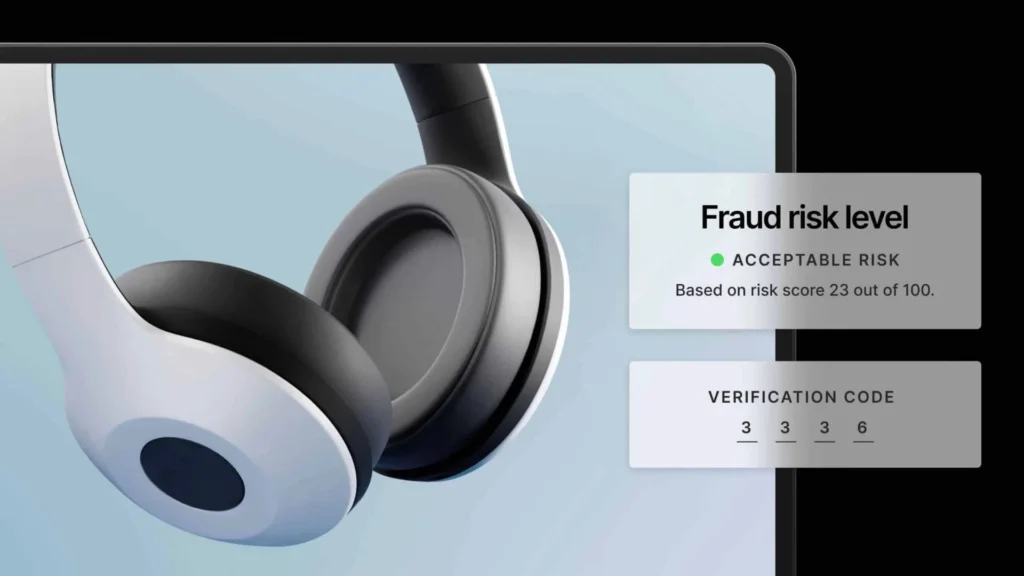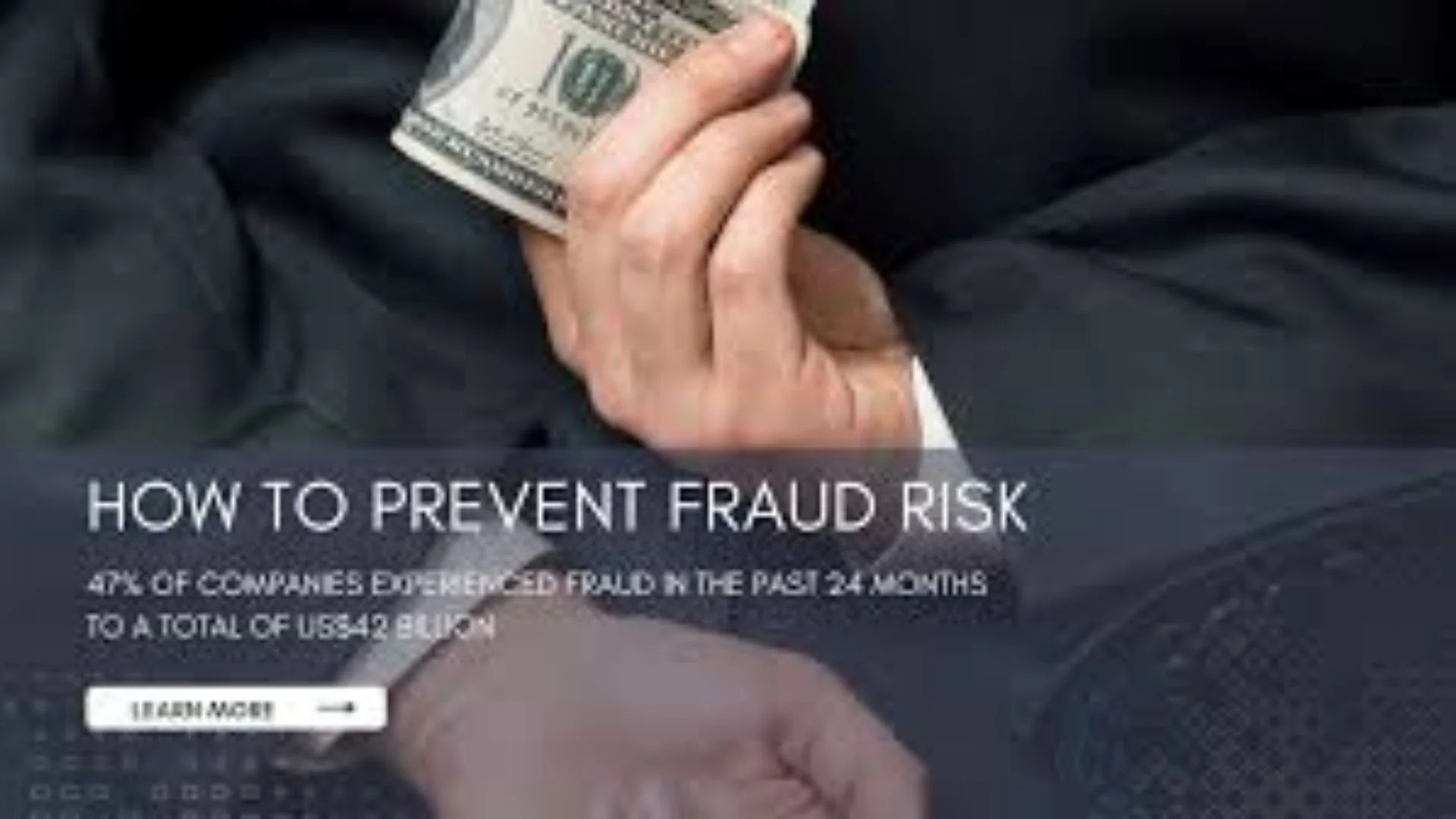The Constant Company, a prominent player in the consumer goods industry, has recently come under scrutiny due to allegations of fraudulent activities. As the public and regulatory agencies delve deeper into the company’s practices, it has become increasingly crucial to examine the potential fraud risks that may be present within its operations. This comprehensive article aims to provide a thorough analysis of the fraud-related issues surrounding The Constant Company, exploring the potential causes, the implications, and the necessary steps to mitigate such risks.The Constant Company ) Fraud Risk
Understanding the Fraud Landscape
Fraud, a pervasive issue in the corporate world, can take many forms, including financial statement manipulation, misappropriation of assets, and corruption. In the case of The Constant Company, the allegations suggest that the company may have engaged in activities that fall under these categories. To better understand the potential fraud risks, it is essential to examine the industry’s landscape, the company’s internal control systems, and the external factors that may have contributed to the current situation.
Industry Dynamics and Competitive Pressures
The consumer goods industry is known for its intense competition, with companies constantly vying for market share and profitability. This competitive environment can create incentives for companies to engage in unethical practices, such as manipulating financial reports to project a more favorable performance or misrepresenting the quality or quantity of their products.
The Constant Company,
as a major player in this industry, may have felt the pressure to maintain its competitive edge, potentially leading to the alleged fraudulent activities.
Weaknesses in Internal Controls
Effective internal control systems are crucial in preventing and detecting fraud within an organization. However, the allegations against The Constant Company suggest that the company may have had weaknesses in its internal control framework.
This could include inadequate segregation of duties,
insufficient oversight of financial reporting processes,
or a lack of robust whistleblower mechanisms. Identifying and addressing these control deficiencies is paramount in mitigating the company’s fraud risk.
Tone at the Top and Corporate Culture
The tone set by the company’s leadership and the overall corporate culture can significantly influence the likelihood of fraudulent activities. If the company’s executives prioritize short-term financial gains over ethical conduct,
or if the corporate culture promotes a “win at all costs” mentality,
it can create an environment that is conducive to fraudulent behavior.
Examining the leadership’s integrity, their commitment to ethical practices,
and the organization’s overall values is essential in understanding the root causes of the alleged fraud at The Constant Company.
External Factors and Regulatory Scrutiny
The broader economic and regulatory environment can also play a role in the prevalence of fraud within a company. Factors such as industry-wide challenges,
changes in regulatory oversight, or the impact of global events can influence a company’s decision-making and risk-taking behaviors.
In the case of The Constant Company,
it is crucial to consider the external factors that may have contributed
to the alleged fraudulent activities and how the company has responded to increased regulatory scrutiny.
Investigating the Alleged Fraud
To gain a comprehensive understanding of the fraud-related issues at The Constant Company, a thorough investigation is necessary. This investigation should involve a review of the company’s financial records, operational data, and internal communication. Additionally,
interviews with key personnel, including executives, middle managers,
and whistleblowers, can provide valuable insights into the company’s practices and the motivations behind the alleged fraudulent activities.
Quantifying the Financial Impact
One of the critical aspects of the investigation is to quantify the financial impact of the alleged fraud on The Constant Company. This includes estimating the amount of financial losses, the potential legal and regulatory penalties, and the long-term reputational damage. Understanding the scale of the financial impact can help the company and its stakeholders assess the severity of the situation and develop appropriate remedial actions.
Identifying Responsible Parties
Determining the individuals or groups responsible for the alleged fraud is
essential in holding them accountable and preventing similar incidents in the future.
The investigation should aim to identify the key decision-makers,
the individuals who executed the fraudulent activities, and any potential accomplices or enablers within the organization. This information can inform the company’s disciplinary actions and guide the implementation of enhanced internal controls and oversight measures.
Enhancing Internal Controls and Governance
Based on the findings of the investigation, The Constant Company must take immediate steps to strengthen its internal control systems and corporate governance practices. This may include:
- Segregating duties and implementing robust checks and balances in the financial reporting and operational processes.
- Enhancing the oversight and independence of the company’s audit committee and board of directors.
- Implementing a comprehensive whistleblower program that encourages and protects employees who report suspected fraudulent activities.
- Providing regular training and education to all employees on ethics, fraud detection, and the importance of upholding the company’s values.
- Regularly reviewing and updating the company’s code of conduct and anti-fraud policies to ensure they are aligned with best practices and regulatory requirements.
Communicating with Stakeholders
Effective communication with the company’s stakeholders, including investors, customers, and regulatory agencies, is crucial in addressing the fraud-related issues. The Constant Company should be transparent about the investigation, the findings, and the remedial actions being taken.
This approach can help rebuild trust, mitigate reputational damage, and demonstrate the company’s commitment to ethical practices.
Collaborating with Regulatory Authorities
Given the potential regulatory implications of the alleged fraud,
The Constant Company should actively collaborate with relevant authorities, such as the
Securities and Exchange Commission (SEC) or other industry-specific regulatory bodies.
This collaboration can involve providing full access to the company’s records,
participating in investigations, and demonstrating a willingness to cooperate and address any identified issues.

Conclusion
The Constant Company’s alleged fraud-related issues highlight the importance of robust internal controls, strong corporate governance, and a culture of ethical conduct within organizations.
As the company navigates this challenging situation,
it is crucial that it takes immediate and comprehensive steps to address the root causes of the fraud, strengthen its internal systems,
and regain the trust of its stakeholders.
By doing so, The Constant Company can not only mitigate the immediate impact of the fraud but also position itself for long-term success and sustainability in the ever-
evolving consumer goods industry.The Constant Company ) Fraud Risk
The Constant Company’s alleged fraud-related issues underscore the critical need for organizations to prioritize fraud risk management and implement comprehensive internal controls
. The investigation into the company’s practices has revealed several vulnerabilities,
including weaknesses in the internal control framework, a corporate culture that may have incentivized unethical behavior, and the potential influence of external factors on the company’s decision-making.
To address these challenges, The Constant Company must take a multi-pronged approach. First, the company should conduct a thorough investigation to quantify the financial impact of the
alleged fraud and identify the responsible parties.The Constant Company ) Fraud Risk
This information will be crucial in informing the necessary disciplinary actions and guiding the implementation of enhanced internal controls and governance practices.
Sure, here are additional transition words and phrases that can help you elaborate on the topic:
- Moreover,
- In addition,
- Furthermore,
- Likewise,
- Similarly,
- Another key point,
- Beyond that,
- In the same vein,
- Equally important,
- Subsequently,
- Following this,
- Additionally,
- As well as,
- Not to mention,
- Correspondingly,
- In parallel,
- To further illustrate,
- To elaborate,
- Not only… but also,
- In light of this,
These phrases can help you smoothly transition between points and provide a clear, coherent argument.
4o
with a particular emphasis on segregating duties,
improving the oversight and independence of its audit committee and board of directors, and implementing a robust whistleblower program. Regular employee training on ethics and fraud detection will also be essential in fostering a culture of compliance and integrity.
Furthermore, the company should prioritize effective communication with its stakeholders, including investors, customers, and regulatory authorities. Transparency and collaboration will be key in rebuilding trust and demonstrating the company’s commitment to addressing the identified issues.
By taking these necessary steps, The Constant Company can not only mitigate the immediate impact of the alleged fraud but also position itself for long-term success.The Constant Company ) Fraud Risk
The lessons learned from this experience should serve
as a cautionary tale for other organizations, underscoring the importance of proactive fraud risk management and the implementation of robust internal controls and corporate governance practices.
Sure, here are some transition words and phrases that you can use to smoothly connect your points on this topic:
- Firstly,
- Additionally,
- Moreover,
- Furthermore,
- In contrast,
- On the other hand,
- However,
- Nevertheless,
- Consequently,
- As a result,
- Therefore,
- Thus,
- In conclusion,
- To summarize,
- Ultimately,
These transitions can help you to structure your discussion more coherently and logically.
the company can navigate this crisis, emerge stronger, and regain the trust of its stakeholders.
The successful resolution of this situation will be a testament to the company’s resilience and its commitment to ethical business practices.The Constant Company ) Fraud Risk

